
Sierra Meadows Strategy
Source Waters Hold the Key to Combatting the Effects of Climate Change
By Mark Drew, Ph.D., former CalTrout Sierra Headwaters Regional Director
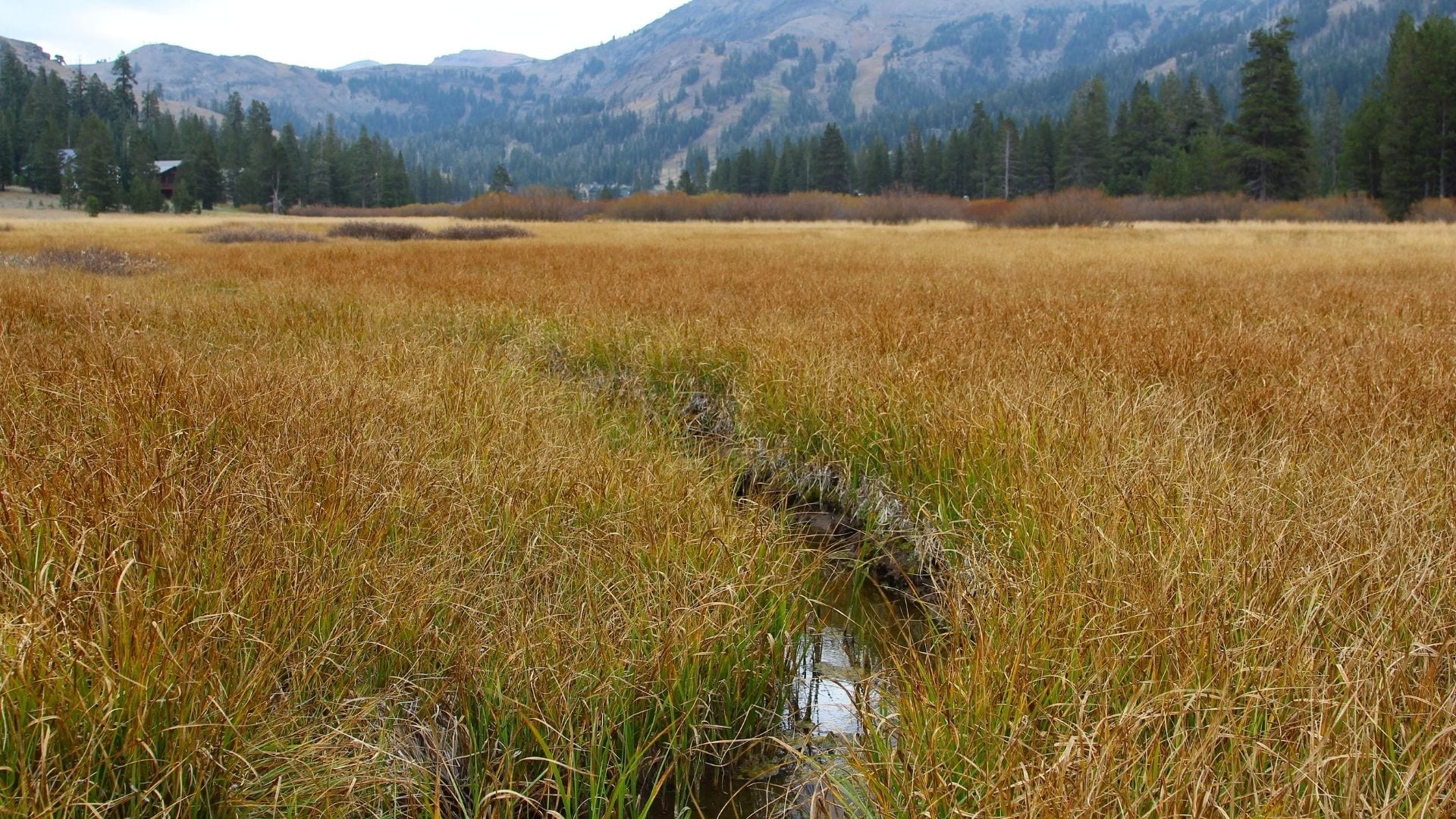
All Hands, All Lands
In 2016—after two years of rigorous scientific study by CalTrout and its partners in the Sierra Meadows Partnership—the Sierra Meadows Strategy for restoring and protecting our state’s Sierra Nevada meadows was officially released. A key piece of CalTrout's source-waters-to-sea approach to combatting the effects of drought and climate change, this strategy developed among a broad coalition of conservation partners aims to restore and conserve meadows throughout the Sierra Nevada, protecting a major source of our state’s water supply and critical habitats to fish and other species.
Meadows Matter
The greater Sierra Nevada region is the source of more than 60 percent of California's developed water supply. It also encompasses a rich variety of natural areas, supporting 50 percent of California’s plant species and 60 percent of the state’s animal species. Sierra meadows cover less than 2 percent of the overall Sierra-Cascade landscape, but they are biological hotspots that sustain the headwaters of several major California water sources.
Like the mountain snowpack that Californians depend on for year-round water, healthy meadows store water and release it gradually. They also filter out pollutants in the process. As the climate warms and scientists project more rain and less snowfall in these mountain ranges, Sierra meadows will become an increasingly important resource for water storage. Additionally, the potential of meadows to advance climate mitigation and adaption have become central questions with evidence suggesting healthy meadows serve as carbon sinks as well as storing relatively more carbon relative to other ecosystem types.
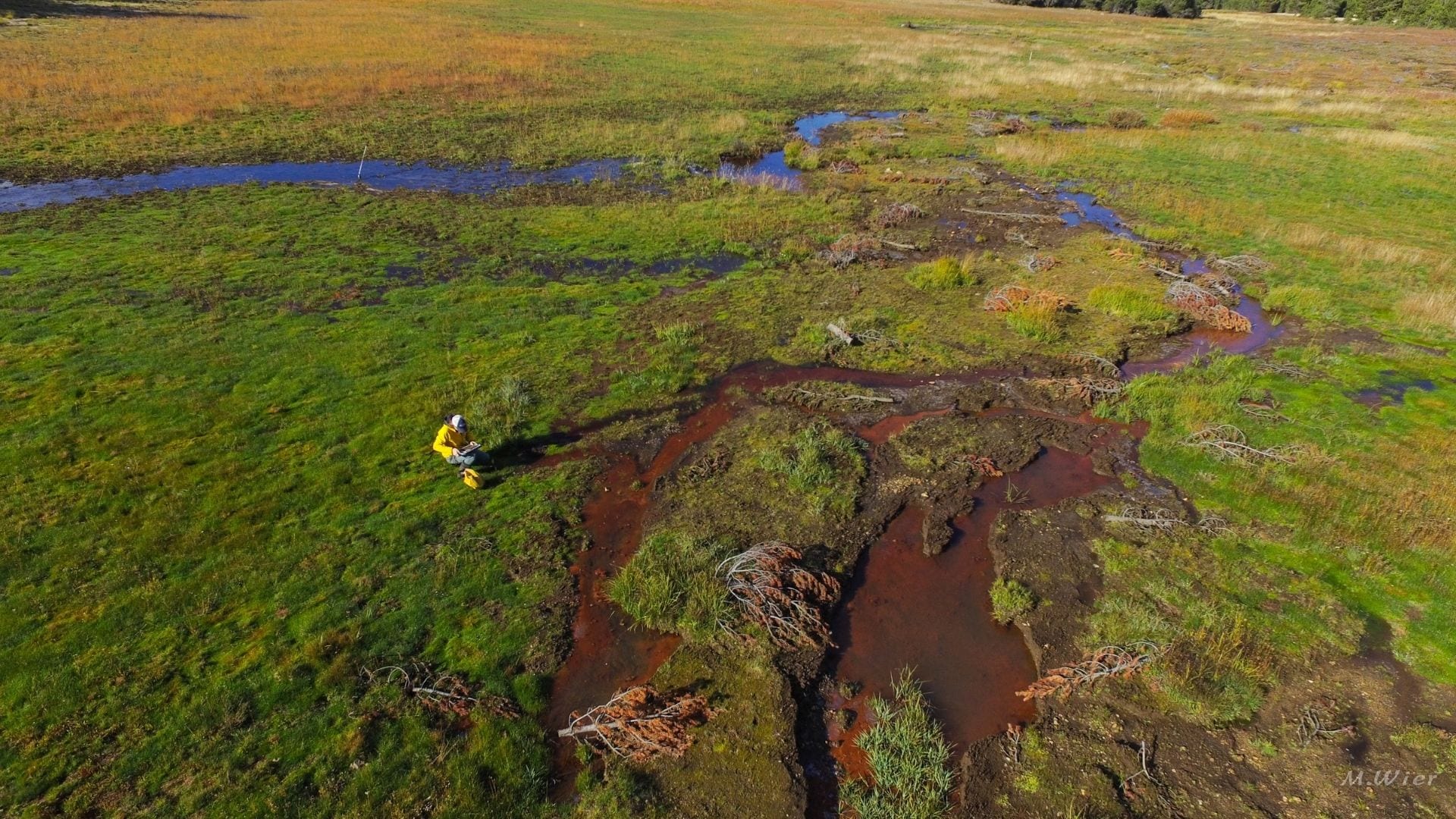
Osa Meadow, photo credit: Mike Wier
Developing the Strategy
Protecting California’s water supply has been a challenge for decades. So is bringing stakeholders together for a collective vision to increase the pace, scale and efficacy of restoring Sierra Nevada meadows, critical ecosystems supporting regional plants, animals and communities. To address these challenges, starting back in 2014, CalTrout initiated an effort to establish the Sierra Meadows Partnership (SMP).
During the next three years, CalTrout led a collaborative effort to solidify the standing of the SMP through a series of “Mayacamus gatherings” and additional workshops with a particular focus on leveraging the breadth and expertise of stakeholders involved with meadows-related work throughout the Sierra Nevada. In February 2016, the Sierra Meadows Partnership announced the release of the Sierra Meadows Strategy.
The strategy outlines an action plan to restore and protect 30,000 acres of mountain meadowlands in the greater Sierra Nevada of California within 15 years. It provides a framework for widespread restoration of Sierra meadows to the benefit of fish, wildlife and plants, as well as millions of Californians who depend on Sierra Nevada water for their health and livelihoods.
Providing the guidance necessary in order to achieve an ambitious and effective course of action, the Sierra Meadows Strategy has become the foundational document guiding restoration, investment and research support water resources, watershed and native fisheries conservation efforts in the Sierra Nevada.
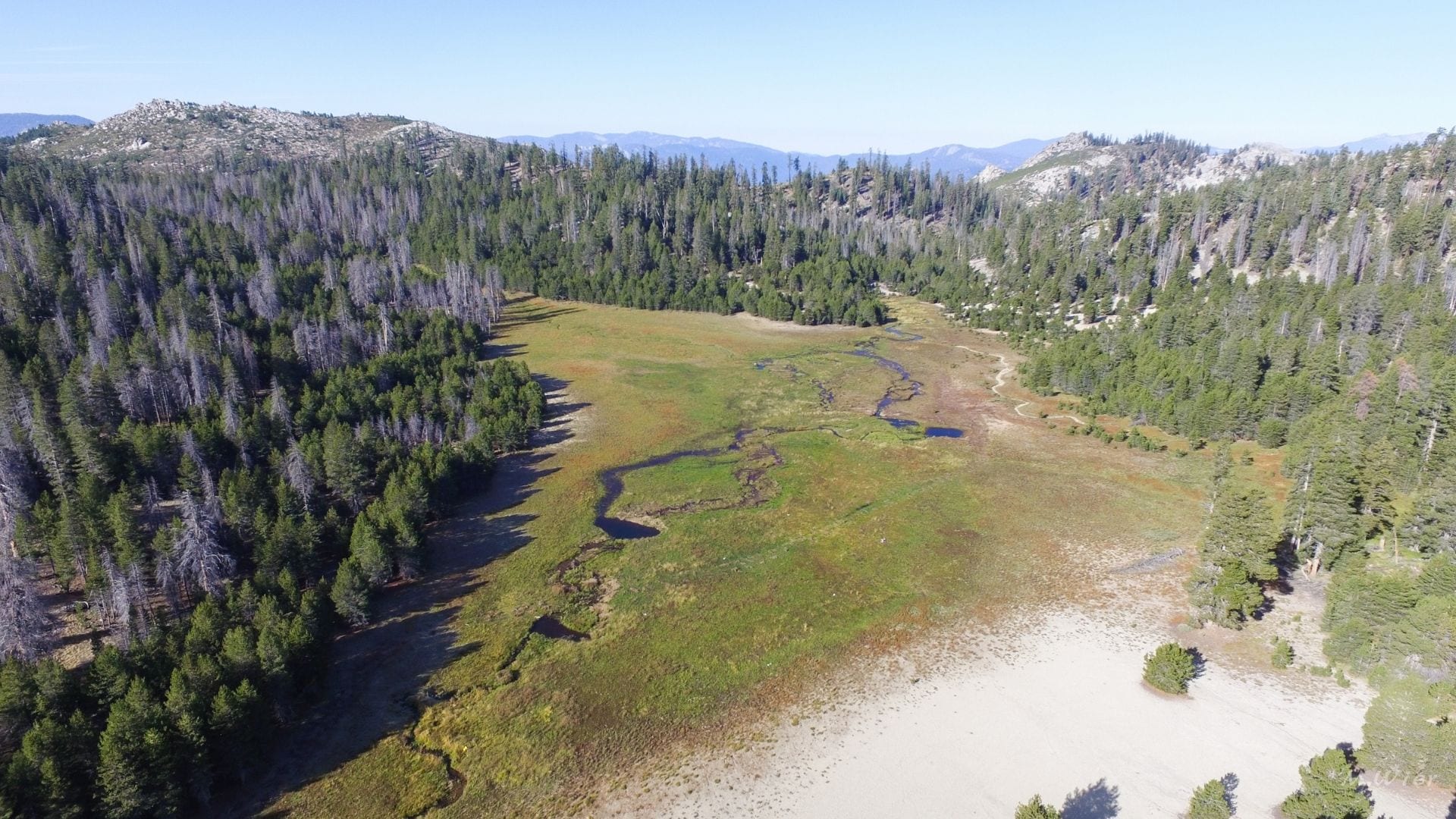
Osa Meadow
Central to CalTrout’s early work on meadows was our Osa Meadow work, which set out to restore a degraded meadow with an objective of eventually being able to support a self-sustaining population of Kern River rainbow trout.
High up in the headwaters of the Kern River drainage, Osa had been degraded by past use and, in 2001, was severely impacted by a fire that burned all the way down to the meadow itself. This work was initially focused on restoration, but as the Sierra Meadows Partnership gained momentum, Osa Meadow, along with 16 additional meadows, became part of a Sierra-wide research project that set out to quantify greenhouse gas dynamics and whether restoring meadows serves as a viable climate adaptation and mitigation strategy. In doing so, CalTrout became a central driver not only in meadow restoration, but also in coordinating scientific research across the broader Sierra Meadow Partnership.
Healthy meadows are key to our future vision of a California where water flows free from source waters to sea, especially given the ongoing challenges posed by drought and climate change. The power of collaborative efforts to establish, implement and achieve a vision can never be underestimated. This power—thanks to CalTrout and its leadership in advancing the Sierra Meadows Partnership and the Sierra Meadows Strategy—was harnessed and remains to this day.



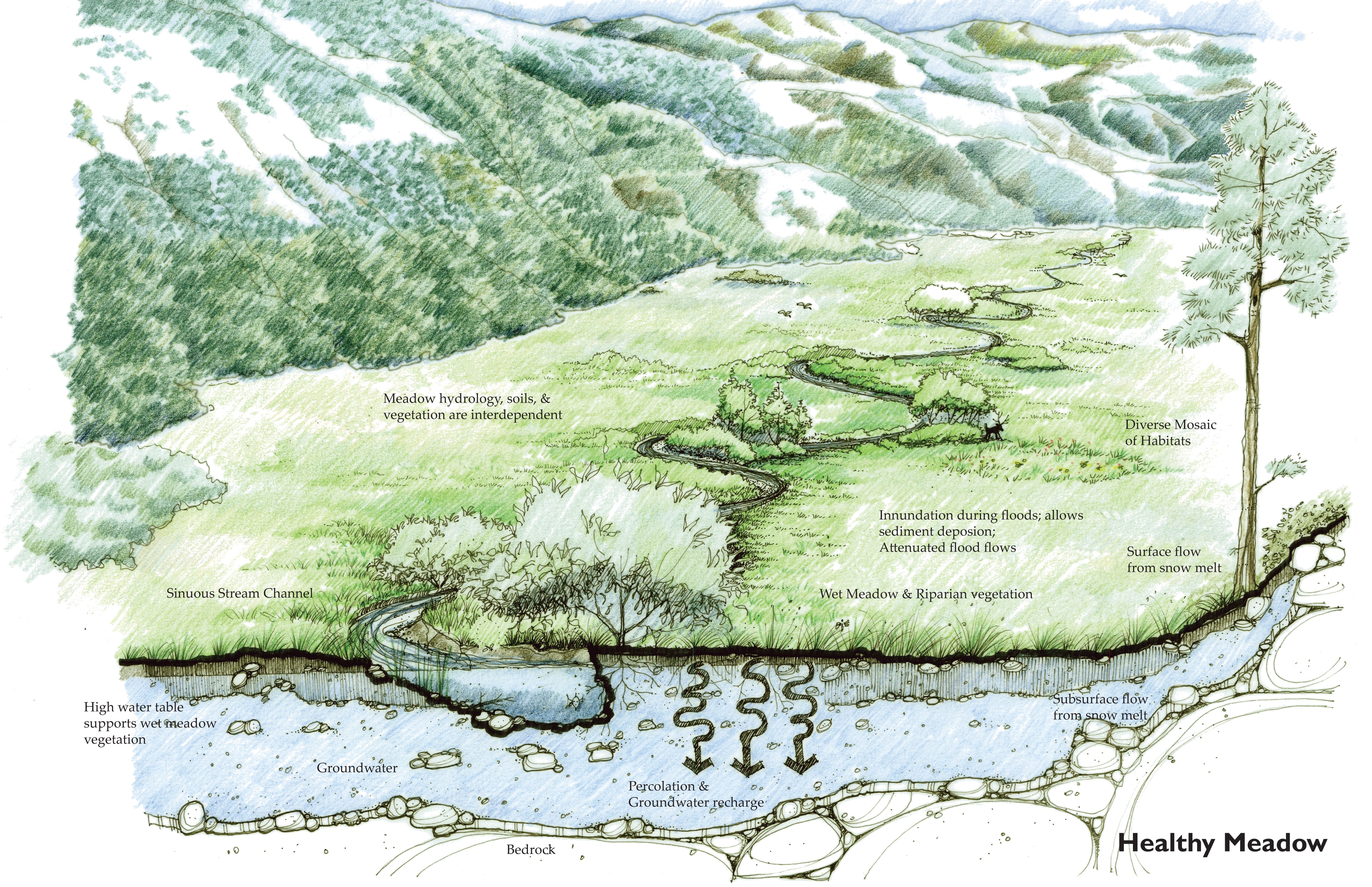
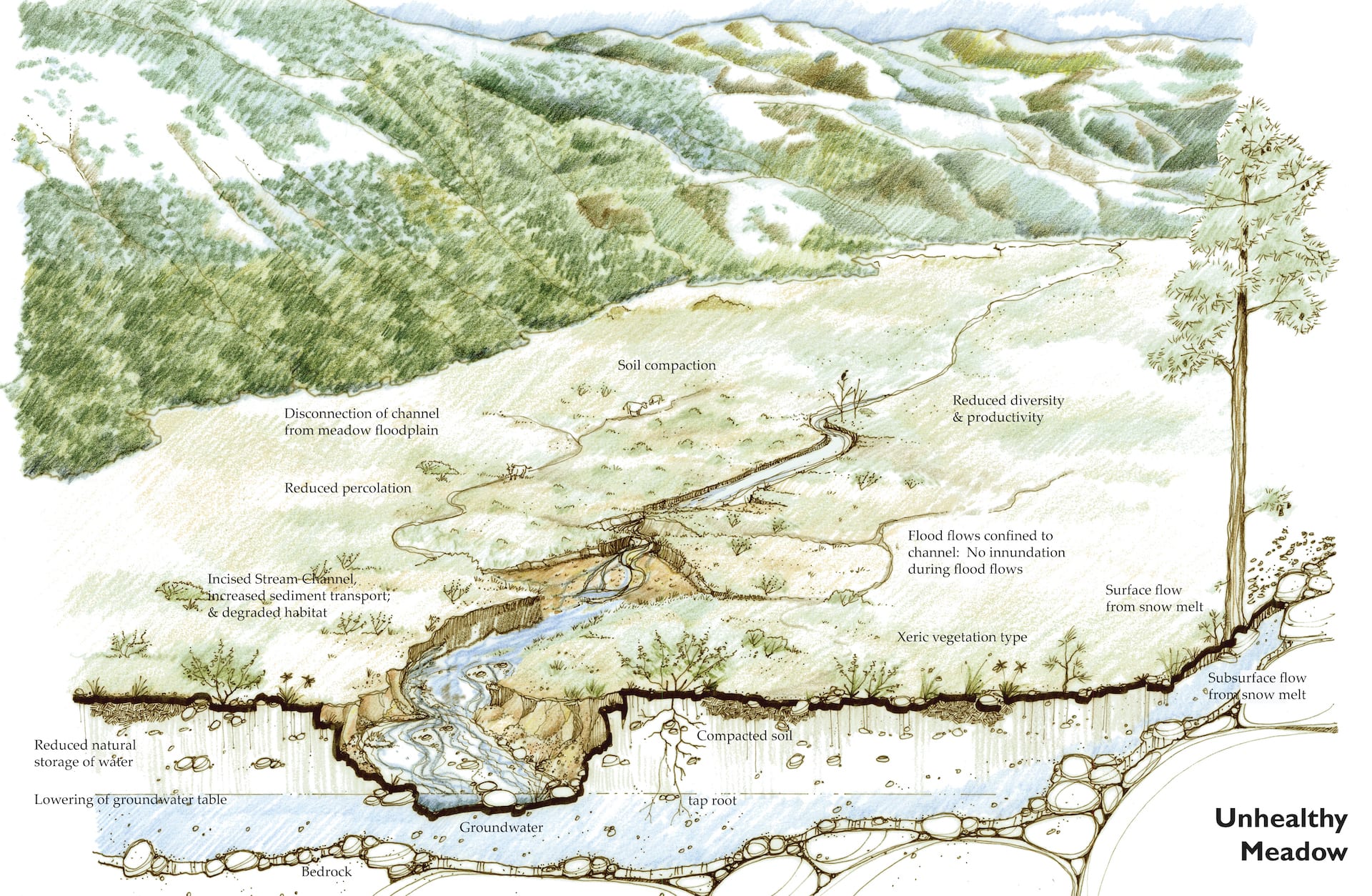
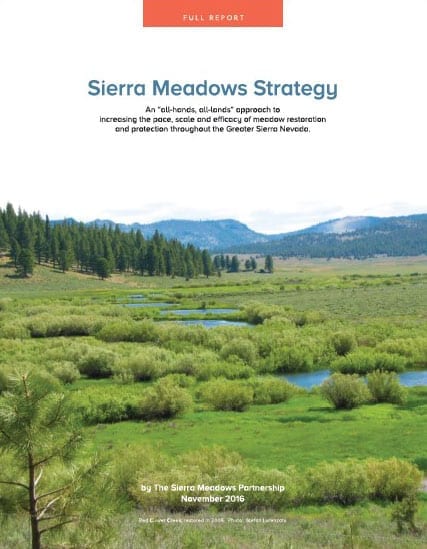
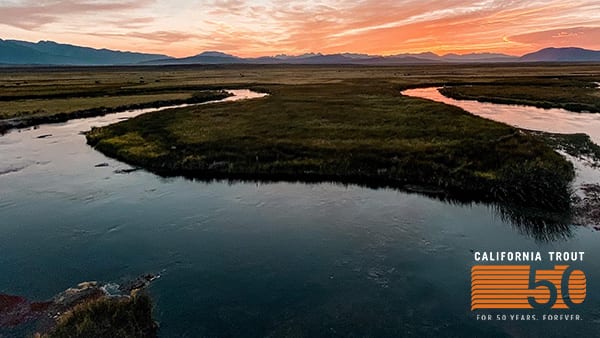

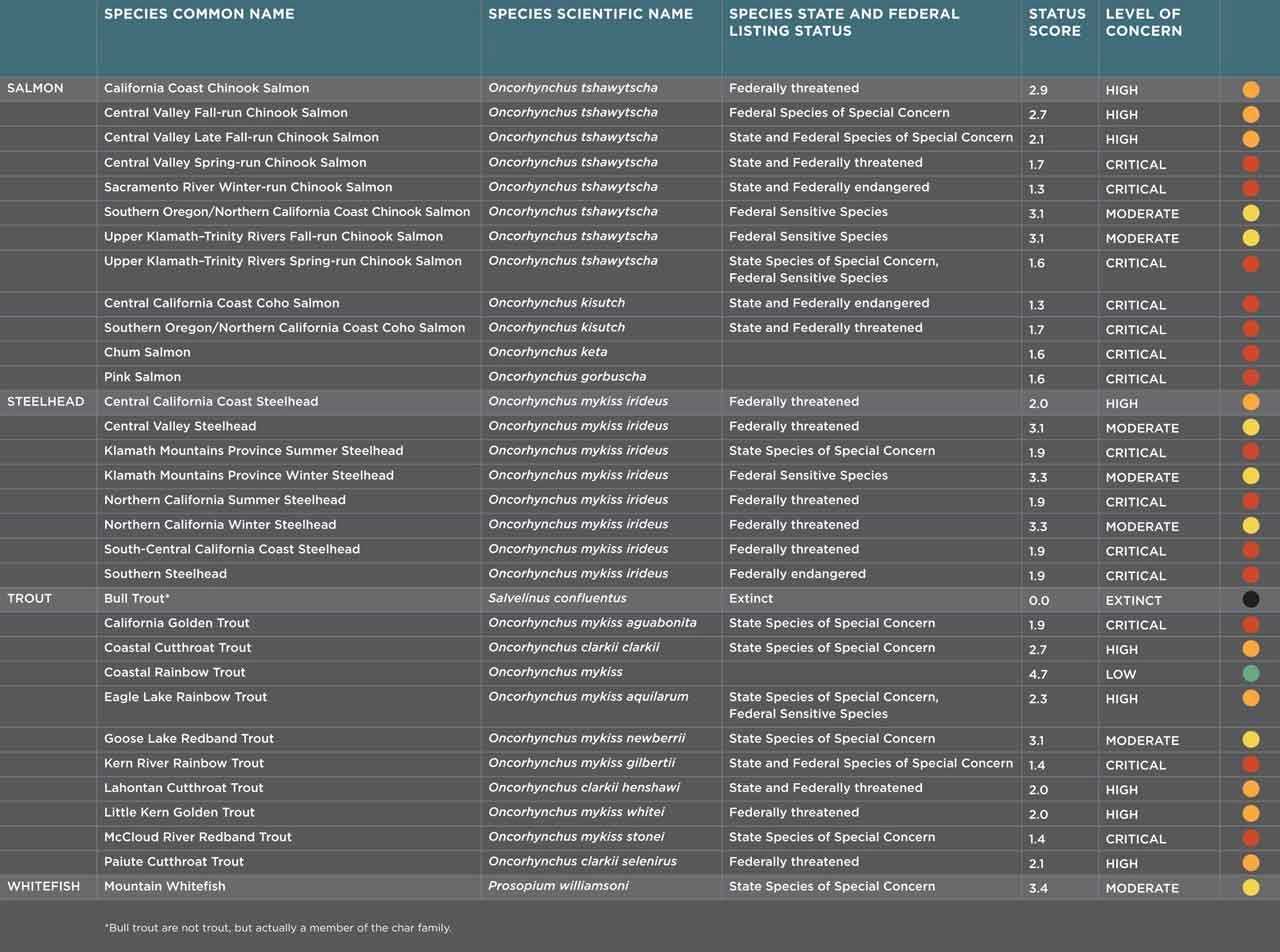












 Dams block access to historical spawning and rearing habitats. Downstream, dams alter the timing, frequency, duration, magnitude, and rate of change of flows decreasing habitat quality and survival.
Dams block access to historical spawning and rearing habitats. Downstream, dams alter the timing, frequency, duration, magnitude, and rate of change of flows decreasing habitat quality and survival.